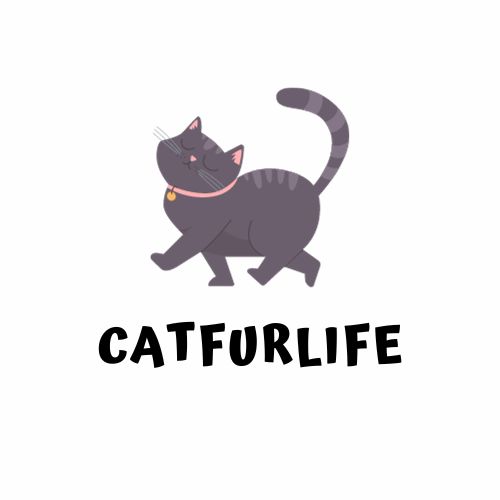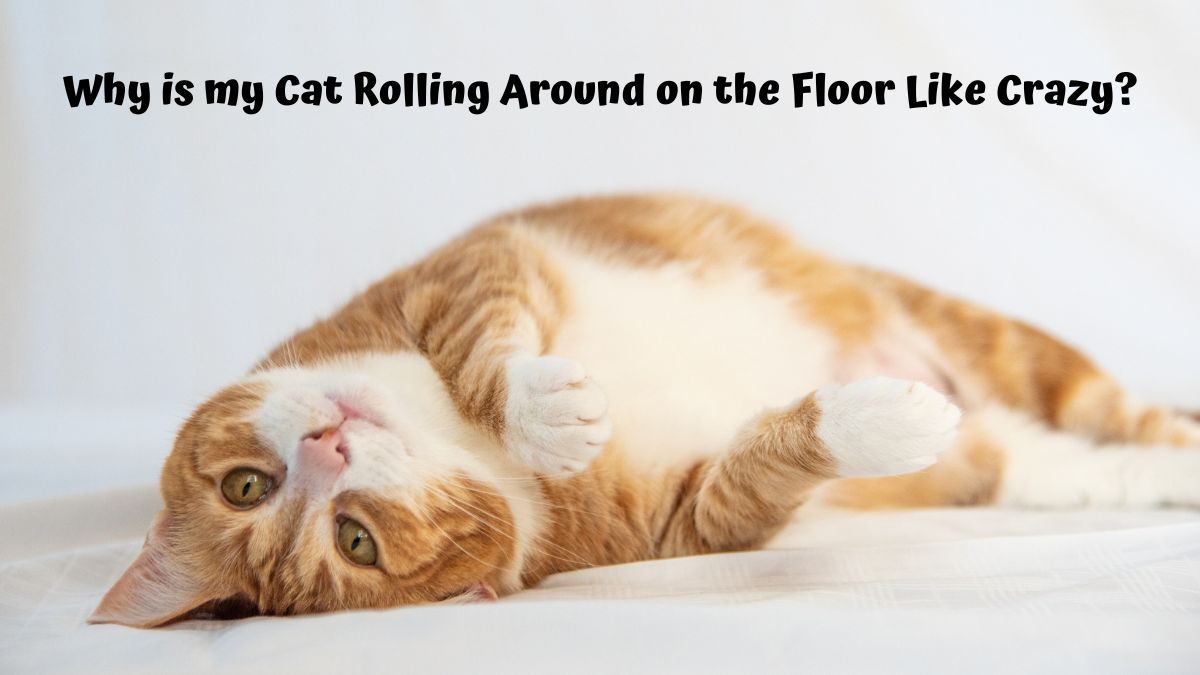I will let you in on a not-so-secret fact: cats do pretty funny things, and seeing your cat roll around on the floor might top the list of weird cat behaviors.
But this isn’t just about giving you a good laugh; it’s also about understanding what’s behind these antics.
Your cat rolls for various reasons, from the innocent to the intricate.
It could be a simple sign they’re in a playful mood or a way for them to deposit their cat’s scent from those all-important scent glands.
But sometimes, the rolling could flag a potential health issue that needs attention.
Understanding Cat Body Language
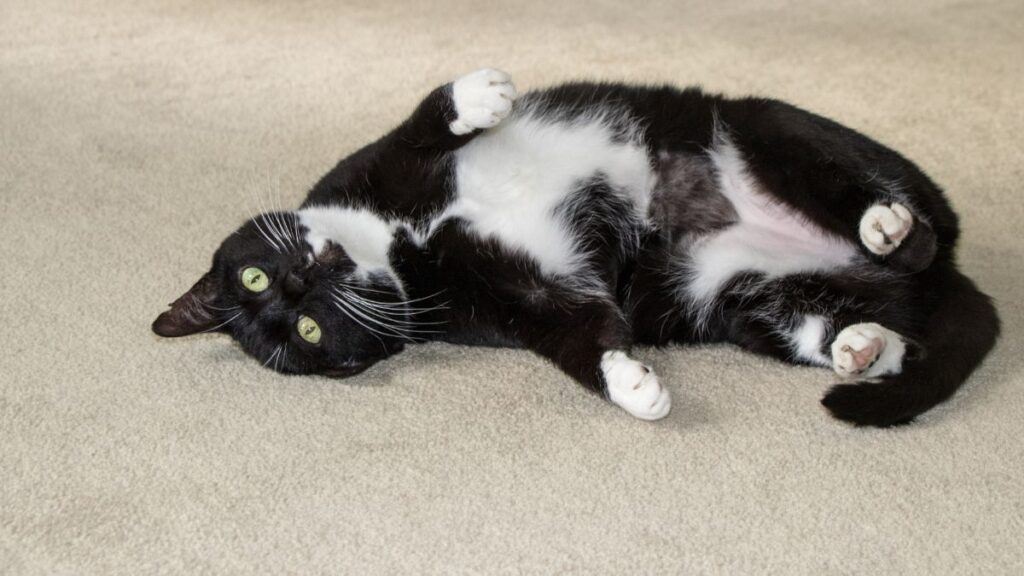
Attention to their body language is crucial when deciphering domestic cats‘ peculiar behaviors.
Although a vulnerable area, the belly is often spotlighted during these floor performances.
If your feline friend seems relaxed, with front paws tucked or kneading the air and a raised tail, they’re likely telling you they’re happy and content.
Nevertheless, context matters.
If you notice this expected behavior right after you’ve cleaned their litter boxes or introduced a new family member (human or animal), you might be witnessing scent marking in action.
This is cat communication 101: ‘Hey, this is my place, and I want to ensure everyone knows it.’
Signs of a Cat in Heat
For female cats, rolling around could signify being in heat. In these moments, their body language shifts to attract potential mates, and rolling around is a big part of that display.
Is Your Cat Rolling Around in Ecstasy or Distress?
So next time your pet cat starts acting like it’s had a catnip overdose, remember that it might just be trying to talk to you in the only way it knows how.
That will lead us to the bigger question: Is your cat simply enjoying life, or is there an underlying issue that you, as a diligent cat owner, should be aware of?
Cat Communication
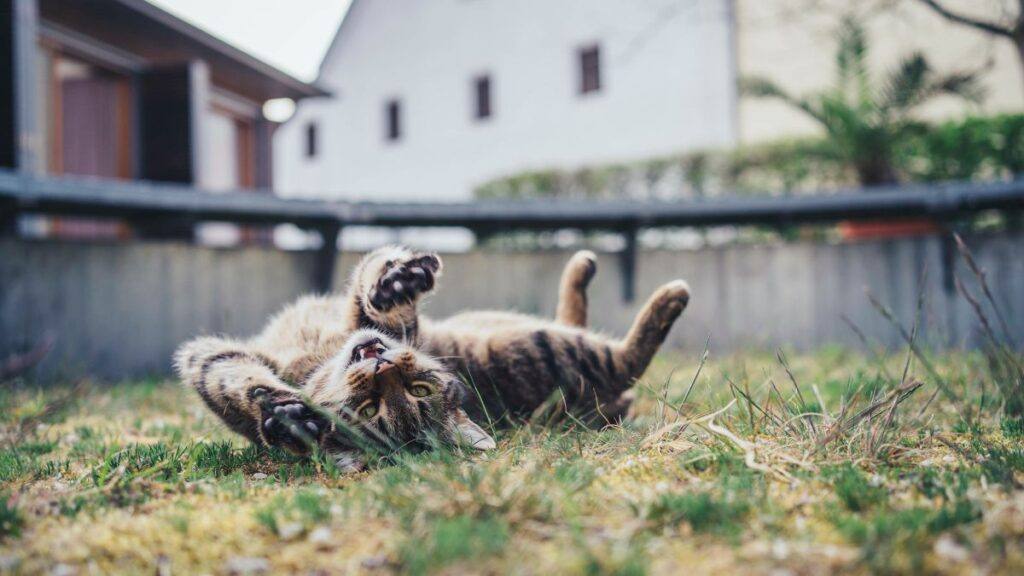
You’ll learn about the intriguing nuances of your cat’s body language. Unlike humans, cats communicate primarily through physical actions, and each quirky twist or roll could be meaningful.
For instance, if your cat rolls around on the floor, it may be playful and seeking your attention for fun or a treat.
Now, these are the moments when offering belly rubs might be a good idea – but only if your cat seems relaxed and inviting.
Rolling as a Sign of Health Issues
However, it’s not all about fun and games. Sometimes, rolling around could be a sign of a health problem, and it’s my job to help you distinguish between delight and distress.
A cat in pain might roll to find a comfortable position or because they’re feeling itchy. This could be due to various issues, from dry skin to more serious medical problems.
What is more alarming is when these behaviors are paired with vocalizations, excessive grooming, or noticeable changes in their usual routine.
Feline Hyperesthesia Syndrome: A Condition to Be Aware Of
For those cat owners who might notice this behavior often, it’s probably a case of your cat just being a cat.
But I hope you watch for any signs of feline hyperesthesia syndrome, especially in severe cases.
This condition, sometimes known as ‘twitchy cat syndrome,’ is characterized by frantic behavior, sensitivity along the spine, and tail twitching.
Observation and Understanding Your Cat
Distinguishing between these causes isn’t just about observation; knowing your cat’s standard behavior patterns is crucial.
If your cat is usually the embodiment of laziness and suddenly starts rolling over constantly, I’d say it’s a good idea to watch closely.
Next time your cat starts rolling around, look for other clues – are their ears back, are they trying to evade your touch, or maybe there’s a raise at the base of their tail?
These subtle signs can tell you if your cat’s rolling for joy or something more is happening.
Why Cats Love Small Spaces: A Natural Instinct
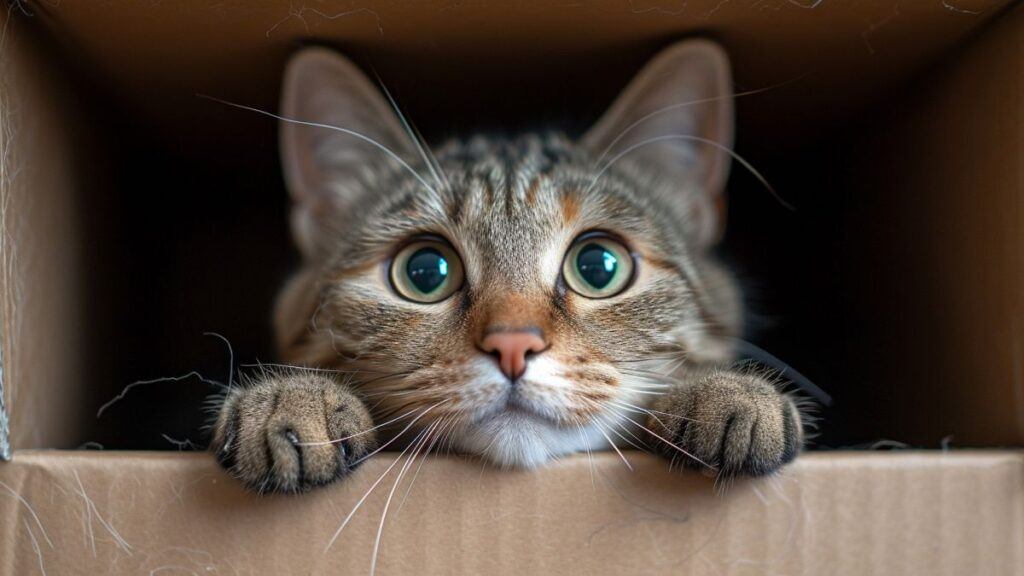
I will tell you a little secret about your cat’s affinity for tight nooks and obscure crannies.
You may have noticed your cat squeezing into an empty cardboard box, a drawer left ajar, or even the bathroom sink. Guess what?
This isn’t just about having a quirky spot to lounge in; there’s a science to this behavior.
Ancestral Behaviors and Modern Comforts
First, we have to talk about their ancestors: feral cats.
In the wild, small spaces can be both a strategy for hunting and a means of survival, providing a secure location to observe their surroundings without being seen.
This behavior has been passed down to our domestic cats despite the safety of modern living quarters.
Rolling and the Quest for Warmth and Security
So, what does this have to do with your cat rolling around on the floor? Cats often seek out confined areas when they’re in a playful mood or want to feel secure.
It’s an instinct for tummy rubs and rolling antics to occur in these areas they deem safe.
It’s their way of scent-marking the spot with the glands in their cheeks, paws, and the base of the tail to claim it as their own.
Conservation of Heat and Stress Reduction
Much like their feline friends in the wild, domestic cats have a desire to maintain a higher body temperature.
Small spaces help them to conserve heat far more efficiently than being out in the open.
When you see your cat rolling around, it’s partly an attempt to warm up their entire body, especially in cooler environments.
Comfort in Enclosed Spaces
Let’s not forget the crucial link between their need for small spaces and their nervous system.
For cats, the comfort of being enclosed can help manage their stress or anxiety. Remember this the next time you find your furry friend in an unexpected hideout.
Health and Behavior: Key Indicators for Owners
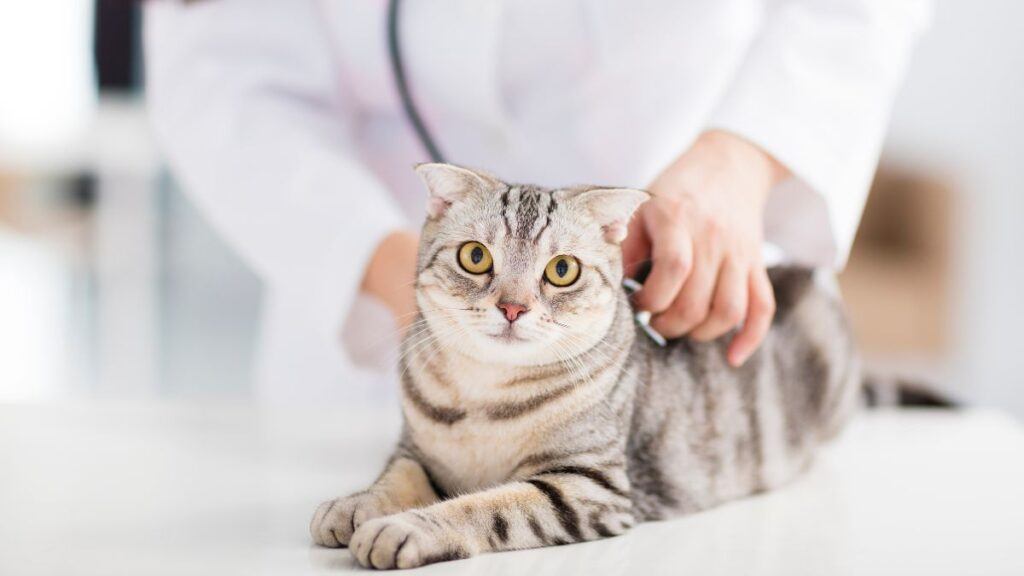
I will explain it to you because knowing the difference between peculiar antics and potential warning signs is crucial for your cat’s behavior.
Cats have a unique way of showing us they’re in distress, and sometimes, that includes rolling around on the floor.
As cat owners, your first step should be to familiarize yourself with your feline friend’s typical behavior.
Common Health Concerns in Cats
Several health conditions can alter your pet’s typical behaviors, from senior cats to younger cats.
For instance, if your playful kitty suddenly starts rolling and it’s coupled with excessive grooming or a raised tail, it might be more than just seeking attention—it could signal skin conditions or an anxiety-triggered behavior like feline hyperesthesia syndrome.
Now, that’s a mouthful, but essentially, it’s when a cat’s nervous system goes haywire, leading to those twitchy, rolling episodes.
When to Seek Veterinary Advice
In more severe cases, changes in behavior might indicate medical issues that demand urgent care—something as familiar as dry skin due to a higher body temperature or as grave as a urinary tract infection.
Knowing when to worry can be tricky, but it’s time to get professional advice if you notice changes like refusal to eat, lethargy, or aggression when touched.
Consult your vet when you notice persistent strange behaviors is never a bad idea.
Creating an Enriching Home Environment for Your Cat
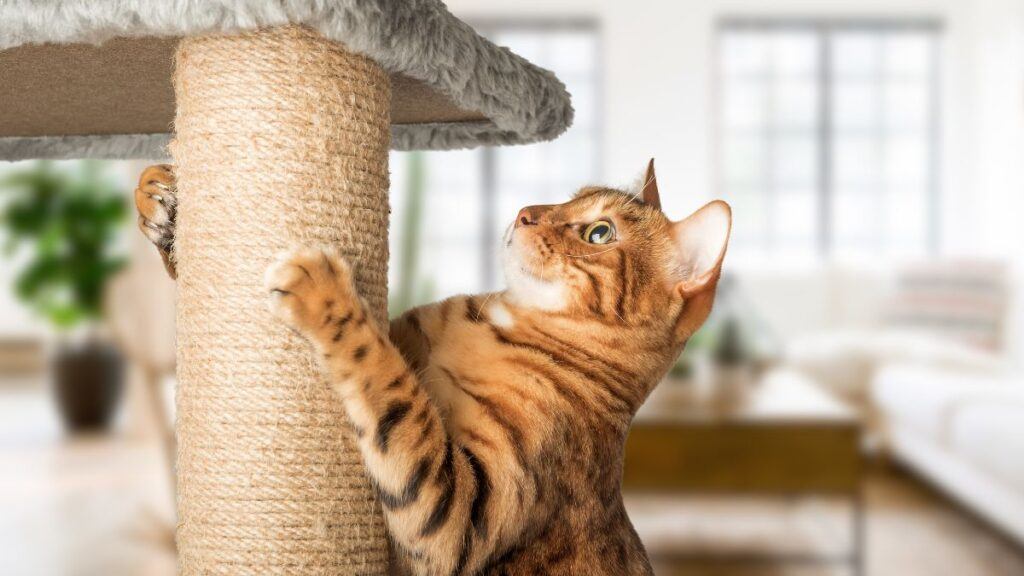
Okay, steer with me into the home stretch: as much as weird cat behaviors can signal health problems, they also remind us to ensure their environment caters to their needs.
Looking after your cat’s mental and physical health is the ultimate way to show love and care.
You’ll find out how to do that in the next section, where we’ll discuss creating an enriching home environment that keeps your cat entertained and comfortable.
Building Trust Through Quality Time
Quality time isn’t just for human relationships; it’s crucial for strengthening the bond between you and your pet cat.
When you and your cat share engaging and calming experiences, it helps build trust and affection.
Play and Companionship
Playing with your cat is not only an excellent way to pass the time; it’s essential for their well-being.
Next time you notice your cat in a playful mood, take it as an invitation to spend quality time together.
Interactive toys that mimic instincts, like a feather on a string, can keep younger and older cats stimulated and happy.
The Comfort of Quiet Company
But it’s not all about play. Cats, much like their human family members, crave a variety of interactions. Just being in the same room can be comforting to your cat.
Sometimes, they may want to curl up next to you while you read or watch TV, sharing those moments of quiet companionship.
Catering to Your Cat’s Comfort
During hot days, ensure your pet has a cool place to retreat. Cats often seek out tiles or bathtubs to lie in to regulate their higher body temperature.
Your thoughtfulness in providing for their comfort can enhance their trust in you and increase the bond you share.
Remember that these aren’t just fleeting moments; they’re investments in the emotional health of your feline friend, sediments of a lifelong relationship built on mutual respect and understanding.
Related: Why is my Cat so Small?
Cat Trees, Toys, and Creating a Feline-friendly Space
I will tell you a little secret: your cat’s environment is key to their happiness. That’s right, the environment plays a huge role in maintaining your cat’s mental and physical health.
This includes companies specializing in creating cat trees and toys essential for domestic cats looking to unleash their instincts safely.
Choosing the Right Accessories for Your Cat
Choose something that resonates with your cat’s personality. Cat trees are among the best investments you can make.
They offer a sanctuary for your cat to observe their surroundings from a high vantage point and serve as a place to sharpen their claws, which is way better than on your furniture!
Interactive Play for Mental Stimulation
But why stop at cat trees? Broaden their horizon with interactive toys that mimic prey movements, encouraging hunting behavior and providing mental stimulation.
And it’s not just about having fun; these activities can tire them out, promoting better rest and reducing the instance of nocturnal crazies, or as you might call it, the ‘cat zoomies.’
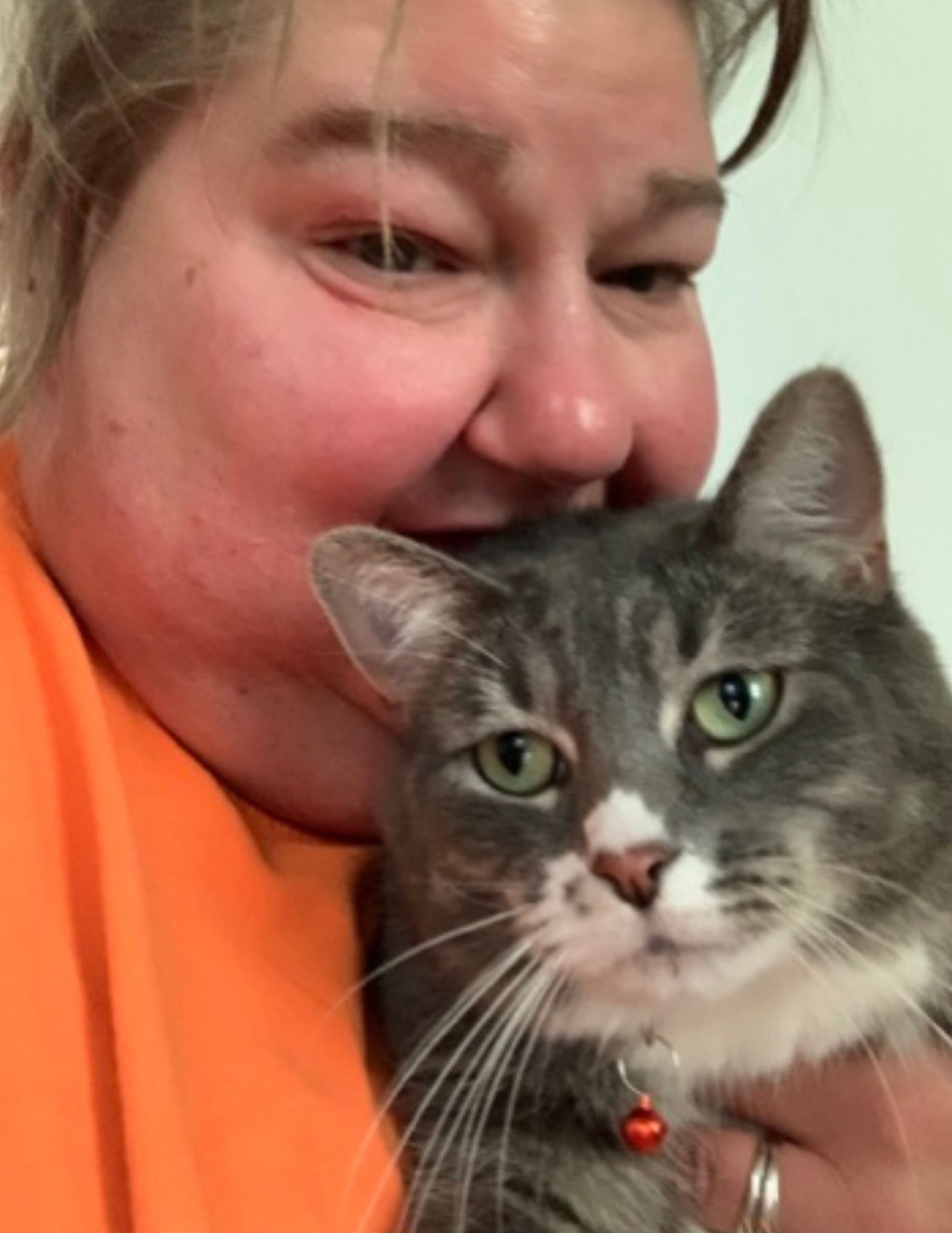
Meet Ann Haasnoot, the passionate founder of CatFurLife.com. A lifelong cat lover from Wisconsin, Ann combines her extensive feline behavior and care knowledge with her love for writing. On her website, she shares invaluable insights about cat breeds, care tips, and her experiences with her beloved furbaby, aiming to deepen the bond between cats and their human companions.
